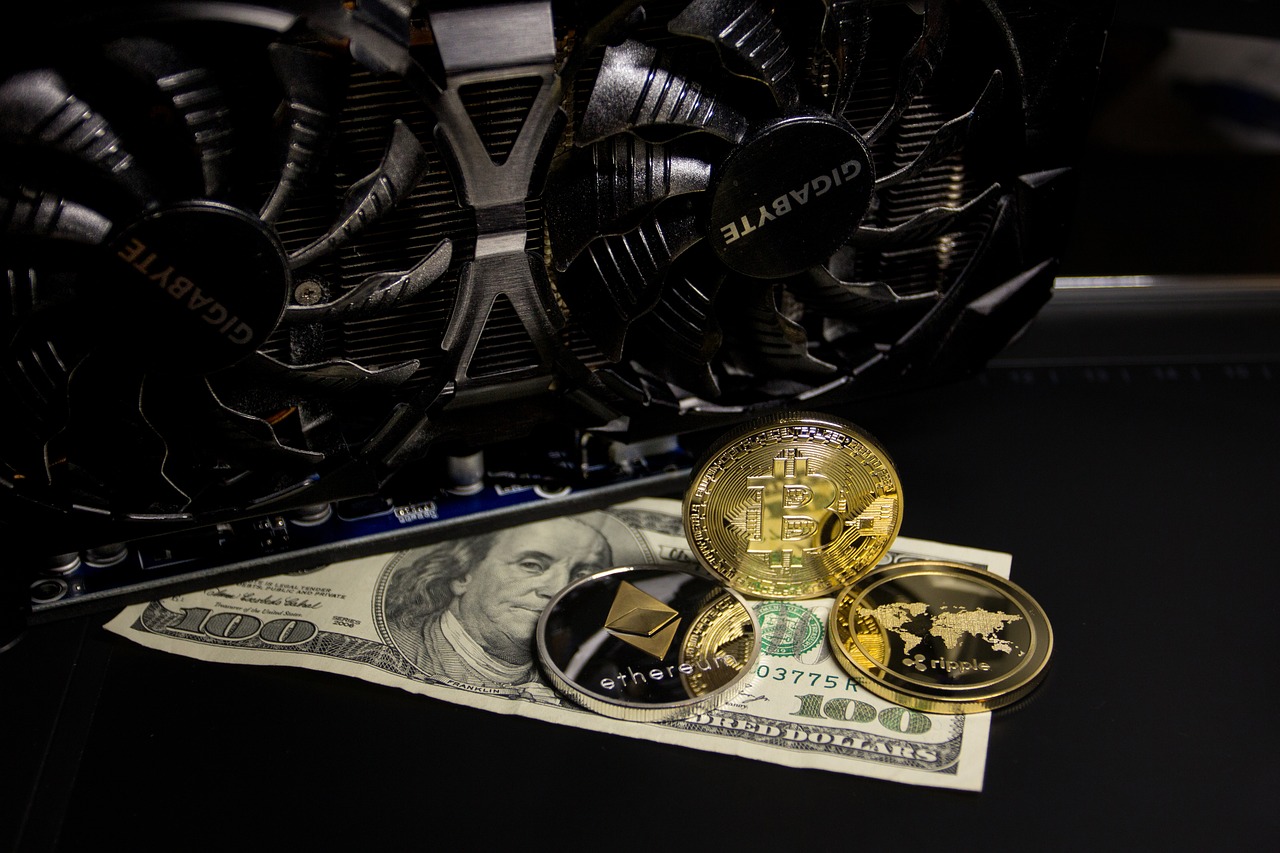US Federal Reserve Shift Focus To Cross-Border Swap Lines To Enhance USD Liquidity

The US Federal Reserve wants to collaborate with other central banks to enhance dollar liquidity. Accordingly, the partnership will use the USD liquidity swap line model by changing the weekly frequency of the maturity period to daily.
Enhancing Dollar Liquidity
According to a recent press release, the US banking regulator is taking steps to help stabilize the economy following the recent panic triggered by the crisis in the banking system. As a result, the Federal Reserve is reportedly coordinating with other central banks like the Bank of Japan, the Bank of England, the Bank of Canada, the Swiss National Bank, and the European Central Bank.
The collaboration aims to boost liquidity provision through the standing UAD liquidity swap line arrangement. Furthermore, central banks offering USD services are expected to extend the 7-day maturity operations from weekly to daily per the arrangement.
Meanwhile, the new change, which began on March 20, is expected to continue until the end of next month. As the Fed expects, the arrangement will serve as a liquidity backstop to ease the difficulty in the international funding ecosystem.
This is another significant move by the Federal Reserve, which has been struggling to deal with the challenging market amid the collapse of notable US banks. Interest rate hikes that the Fed has occasionally adjusted were another area of consideration by the central bank.
With the current year looking like a recession is on the horizon, observers noted that investors and market experts would continue to keep a close tab on the actions and sayings of the Federal Reserve.
The Need For International Swap Lines
According to the Fed’s press release, international swap lines are usually adopted during economic challenges. It was first used in the aftermath of the 2008 global financial crisis and the recent 2020 COVID-19 pandemic.
International swap lines are likely to peak again following the latest development announced by the Fed. Meanwhile, the closure of several US banks, the tech sector retracement, and the threat of a possible global recession have every individual and firm on edge.
However, industry observers noted that it is difficult to tell how the global markets will fare. Nevertheless, crypto investors are currently unsurprised about the price of Bitcoin surging amid the crisis.
Uncertainty remains aplenty in the global economic circle, with Arthur Hayes, BitMex co-founder, stating that the recent Fed action is another way to bail out ailing non-US banks. Other commenters disclosed that the Fed’s quantitative easings do not correlate with swap lines.
But crypto enthusiasts are focusing on these impacts on the virtual asset market. The CEO of Messari, Ryan Selkis, is hopeful that the banking crisis and the general economic instability will help boost the price of Bitcoin.
He predicts that the price of BTC might reach $100,000 within the next few months due to the current macroeconomic challenges.




















